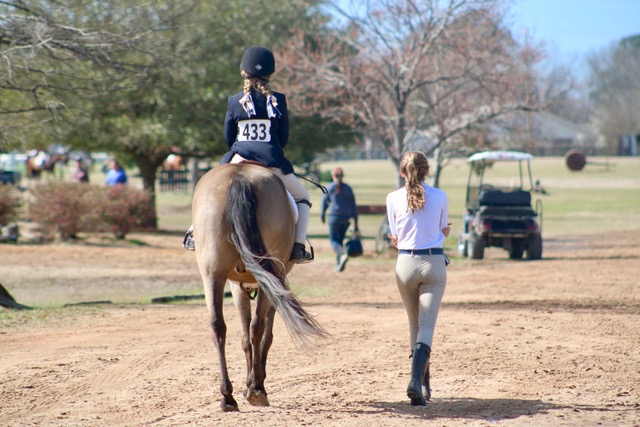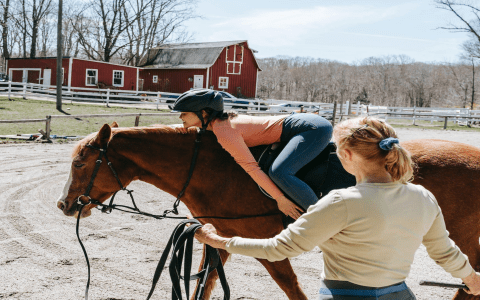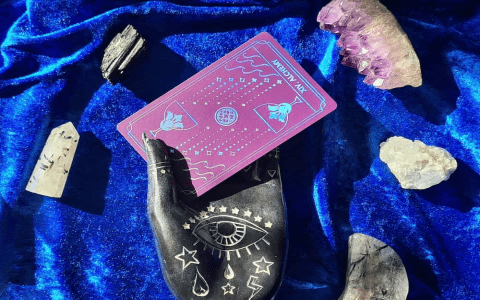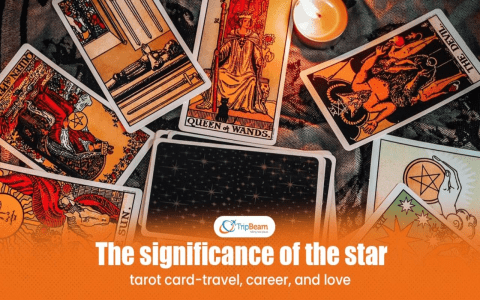Recently I got a chance to work on a project that involved understanding the relationship between horses and rats, and let me tell you, it was quite the learning curve. I mean, who would have thought these two creatures would cross paths in my life, right?
So, I started by digging into what’s already out there about horses. I read up on how they behave, what makes them tick, and how they interact with their environment. It was pretty fascinating stuff. Turns out, horses are way more complex than they seem from afar. They’ve got their own social dynamics, communication styles, and individual quirks.


Diving into Research
- Read tons of articles and watched videos about horse behavior.
- Observed some horses at a local stable to get a feel for how they act in real life. It’s one thing to read about them, but seeing them up close is a whole different ball game.
Then came the rats. Now, I’m not going to lie, I’m not the biggest fan of rats, but I kept an open mind. I learned about their habits, their social structures, and how they survive in different habitats. It was interesting to see the parallels and differences between them and horses.
Understanding Rats
- Studied up on rat behavior, focusing on how they interact with other species.
- Looked into how rats might come into contact with horses, like in barns or stables.
The real work began when I started piecing together how these two might interact. I focused on practical scenarios, like what happens if a rat gets into a horse’s stable or food supply. I brainstormed with some folks who know a lot more about this than I do, and we came up with some interesting hypotheses.
We conducted a few controlled experiments to see how horses react to rats and vice versa. We set up safe environments where they could encounter each other without any risk. It was pretty intense watching them interact, I won’t lie.
Setting Up Experiments
- Created controlled settings to observe horse and rat interactions.
- Monitored their behavior closely, noting any signs of stress, curiosity, or aggression.
After gathering all the data, I sat down and analyzed it. I looked for patterns, common behaviors, and any surprises. It was a lot of data crunching, but it was worth it. I compiled everything into a report, complete with my findings, observations, and some recommendations for horse owners and stable managers.
In the end, I delivered a presentation to a group of stakeholders. I walked them through the whole process, from my initial research to the final conclusions. They asked a lot of questions, which was great because it showed they were engaged and interested in what I had to say.
This project was a wild ride, from start to finish. I learned a ton about horses, rats, and the unexpected ways they can interact. It was challenging, eye-opening, and definitely a memorable experience.


